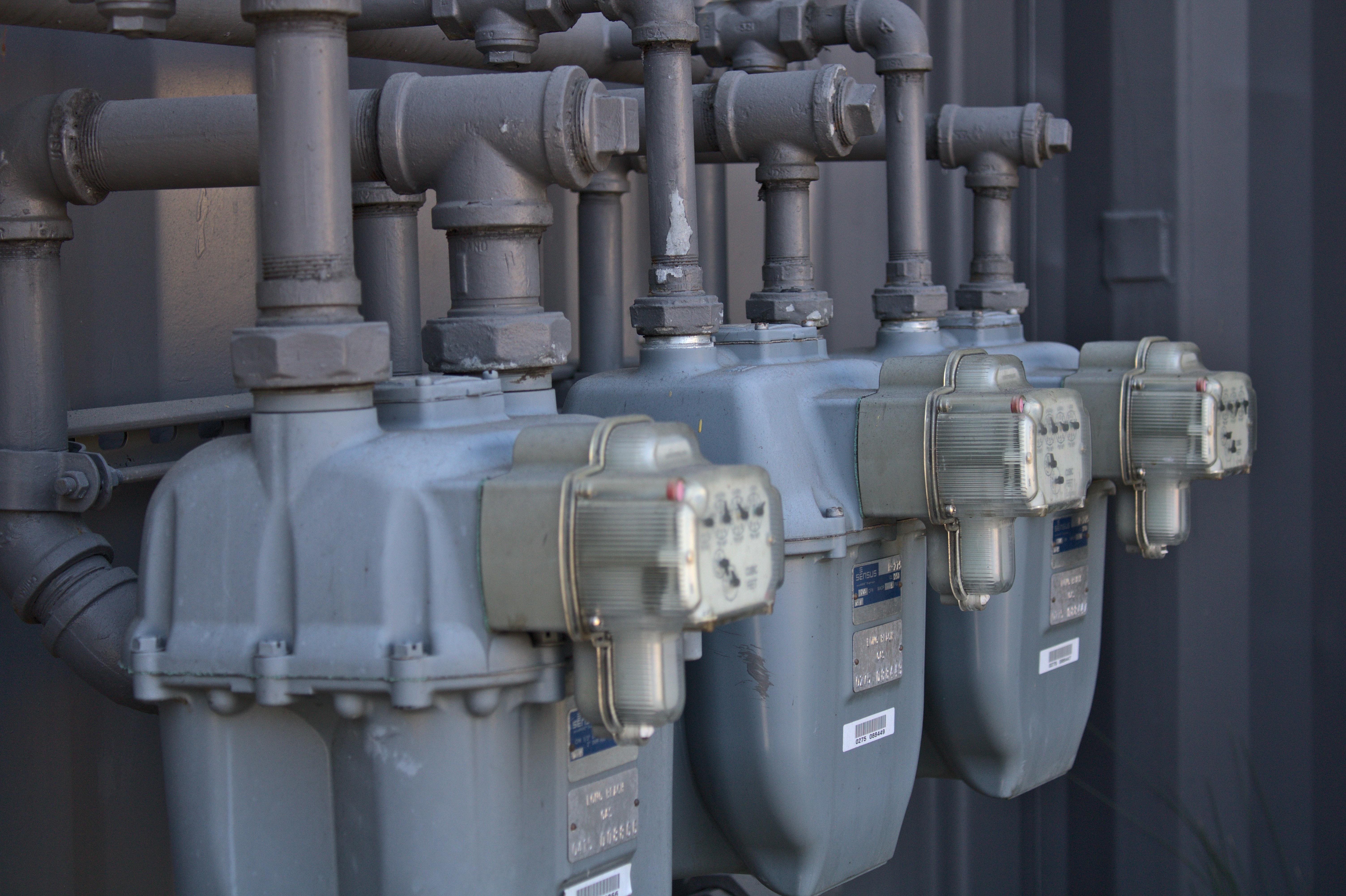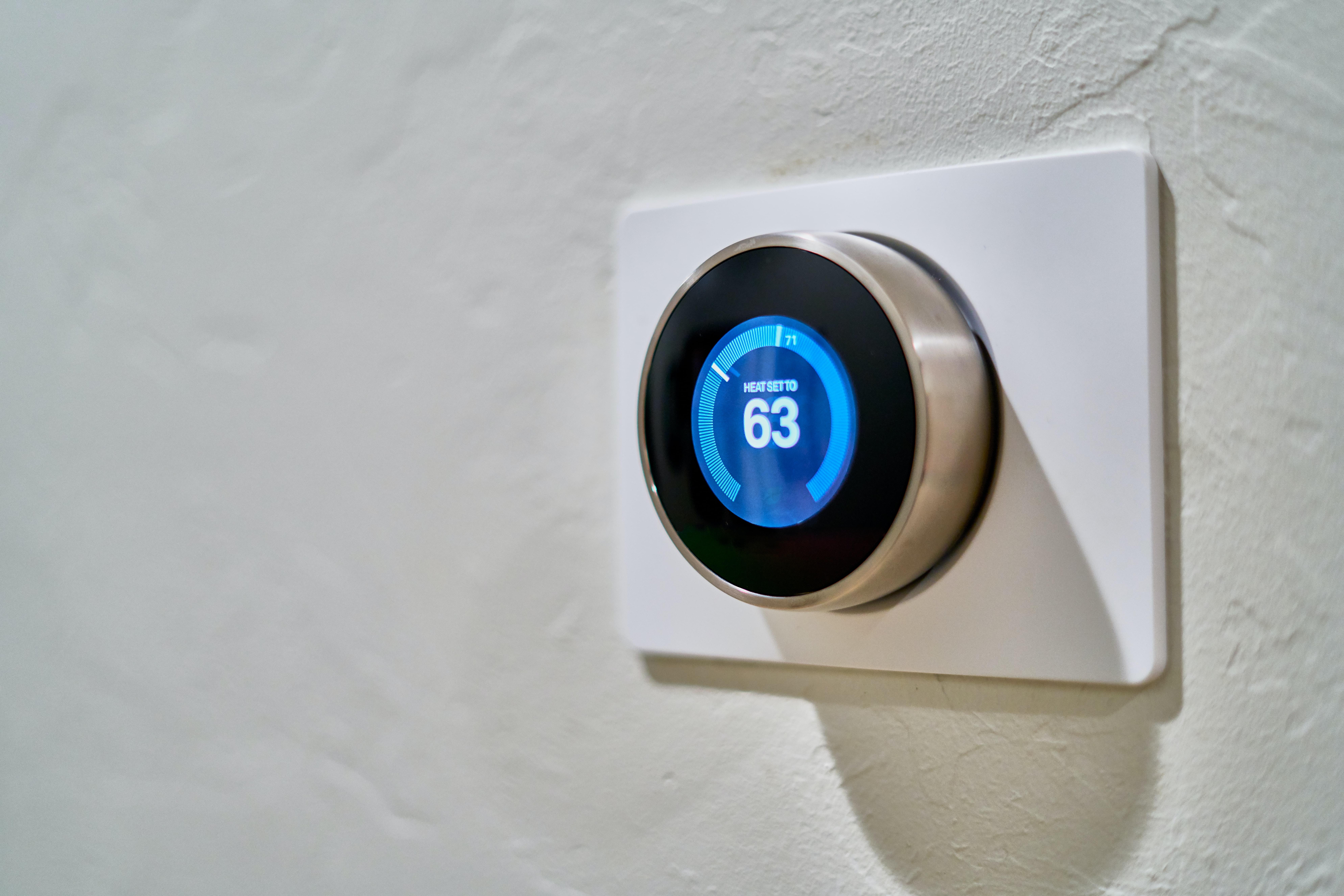Natural Gas Prices to Increase More by the End of 2021
Heading into winter, facility owners and residential homeowners ought to be aware of rising natural gas prices.
Nov. 4 2021, Published 1:26 p.m. ET
Brace yourselves—natural gas prices are supposed to increase by an estimated third in the coming months and bring the total 2021 increase even higher.
In an era where energy prices are the biggest driver of inflation, here's what to know about natural gas prices by the end of 2021—and how that cost will impact the economy at large.
Natural gas prices for the rest of Q4
The EIA (U.S. Energy Information Administration) forecasts that U.S. winter natural gas bills will be 30 percent higher than last year. This estimate takes into consideration potential changes in the average temperature as impacted by climate change.
Other important factors in the natural gas price increase include:
U.S. households that heat with natural gas could spend $746 more on heating from October to March.
Retail natural gas prices in the country are poised to be $12.93 per thousand cubic feet (Mcf), up from $10.17/Mcf last year.
The biggest price hike is expected to hit the Midwest, up a projected 45 percent.
Nearly half of U.S. homes use natural gas as their primary heating fuel.
What's driving the increase?
Natural gas regulations require fuel companies to pass costs along to the consumer. This means utilities can't profit or lose money from natural gas commodity sales. The consumer pays different prices based on natural gas spot prices.
It isn't just spot prices either. Utilities in many parts of the country raised prices after the February "cold snap" that brought snow, sleet, freezing rain, and extremely cold temperatures in Southeast Texas. The storm resulted in a power crisis that left more than 4.5 million homes without power.
"During the cold snap, many utilities had to purchase natural gas at spot prices that were higher than anticipated. However, because retail rates were already set for the month, utilities did not collect enough to cover the cost of the natural gas. To make up for this undercollection, many utilities opted to raise prices in subsequent months to spread out the costs to consumers over several months," writes the EIA.
The change in energy prices
According to the September consumer price index, energy is the biggest driver of inflation right now. Energy prices increased 24.8 percent over the last year, while the overall consumer price increase is at 5.4 percent (not seasonally adjusted).
For natural gas, prices went from $2.91 in October 2019 to a low of $1.74 in April 2020. As of November 2021, the cost is up to $5.33 (adjusted for inflation).
Other types of energy are getting more expensive, too
Natural gas prices aren't the only ones on the rise. Other energy costs are increasing, including propane and heating oil. All electricity rates in Pennsylvania increased in mid-October, with some jumping as high as 23 percent. Major Connecticut electric company Eversource is increasing costs in the new year as well. In Minnesota, residents are facing a potential 21.2 percent increase in electricity prices.
However, fossil fuels are the biggest driver of electricity, which means that natural gas price increases also play a role in electricity costs.


